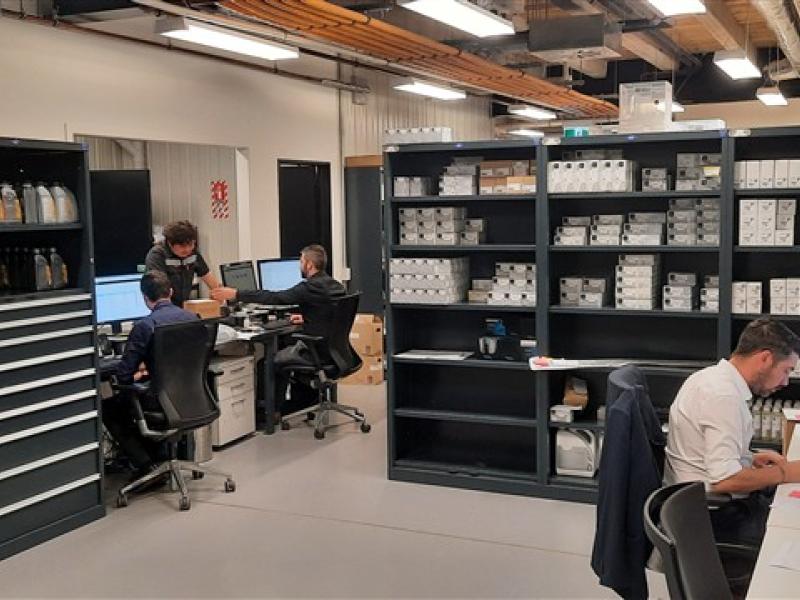Nobody likes a bully.
Bullying and harassment has a detrimental effect on your workplace and your bottom line. Humankind’s Jenny Williams explains how to spot the signs and deal with it.
Courtesy of NZBusiness magazine
What are the tell-tale signs that there is a bullying or harassment problem within your business?
JENNY: It is very common for bullying to occur without business owners or managers realising. Bullying is often the combination of a lot of small behaviours or actions that are easy to overlook or brush off if you look at them in isolation. It can also involve quite insidious behaviour, such as “gaslighting” (where a person makes comments that causes the other person to doubt their own thoughts, memories, perceptions, judgement and actions), that can be hard to substantiate.
If someone is subjected to bullying (the impacted employee) you may start to notice unexplained changes in how they behave. They could become quieter and more withdrawn or alternatively, more aggressive and unreasonable. They may be unwilling to engage with the person accused of bullying or attend work or social situations where they will be present.
You may notice that the impacted employee no longer feels confident in their ability to do their job. Their performance levels may decrease and, simultaneously, there could be an increase in their absence levels, particularly sick leave.
Often the impacts of bullying are felt beyond the people directly involved. You may notice changes in the morale of the wider team, higher levels of tension or stress, an increase in absences across the board, and there may be an impact on productivity – even turnover.
When a problem becomes evident how do you effectively deal with it?
JENNY: It is important to take it seriously and act promptly. Be empathetic but don’t offer opinions or take sides. Focus on understanding what has happened and its impact on the person you’re speaking to. Ideally, you want to raise awareness, stop the behaviour and for the parties to focus on restoring their relationship and move forward.
This could include encouraging the impacted employee to raise the behaviour with the person accused of bullying themselves, either in person or in writing, or you (or another manager) raising it with the person accused of bullying – if this occurs, the focus should be on the behaviour and the impact it has had.
If you receive a complaint of bullying, it’s recommended you follow these steps:
1. Review the complaint –
what is the nature of the complaint, who is involved and, on the face of it, how serious is it? Be impartial – don’t prejudge the truth or validity of the complaint based on your knowledge or experience of the people involved.
2. Talk to the impacted employee – gather more information about what has been going on. Also ask how they would like the matter resolved. It’s a good idea to keep a record of this discussion and any others. Maintain confidentiality and only share details with those directly involved.
Offer support such as a manager they can talk to, access to an Employee Assistance Programme or counselling. Support may also include changing their duties or work arrangements.
3. Decide on next steps – based on what the impacted employee has told you, you should be able to gauge whether this is an issue that can be resolved by you or a manager simply by talking to the person accused of bullying, or if there needs to be more of a process between the parties (by the parties talking together or engaging in a facilitated/mediated process). If the matters complained of are serious or you think it may need to result in disciplinary action, you’ll need to conduct an investigation.
4. Check in with the impacted employee and advise them of the next steps you are proposing and get their views.
5. Engage with the person accused of bullying – let them know about the complaint, and the next steps you are proposing, and get their views. Offer support to the person accused of bullying as well.
6. Confirm the next steps – with the views of the impacted employee and the person accused of bullying, you should be able to determine what the next steps should be. For example, if the person accused of bullying refuses to meet with the impacted employee and denies all allegations, you may have no choice but to investigate the matter.
7. Implement the next steps immediately – whether it’s arranging a time for the parties to meet, arranging a mediation, or conducting an investigation, it is important to act swiftly.
How have attitudes changed around the issue of bullying and harassment? And what still needs to be done by business owners to get up to best practice?
JENNY: Bullying is increasingly being recognised as a health and safety risk that employers have an obligation to manage. In addition, there is much greater awareness regarding what behaviour is appropriate in the workplace as well as more public scrutiny. Employees are increasingly likely to speak up and act if they experience or witness bullying, and often that can include choosing to leave their job rather than put up with the behaviour. This can then have a significant impact on the employer’s reputation and brand, with websites like Glassdoor being used to leave reviews by both current and former employees.
Best practice has to start with prevention. Every business owner should be proactively thinking about their workplace culture and the strength of the business leadership. Employers who create great employee experiences for their employees are less likely to have bullying occur.
Every workplace should have a policy that addresses bullying (including what it is) and clear processes for what to do if an employee thinks they’re experiencing it.
It is common for policies to specify that employers have a zero tolerance to bullying, but what does that actually mean in your business? Discuss and agree with your leaders what to put in place and how to walk the talk to make zero tolerance a reality.
It is also critical that all leaders in the organisation know what behaviour is not acceptable and role-model good behaviour. Hold each other to account.
Think about raising awareness across your business about bullying. Training can help build a common understanding of what bullying is, but also, equally important, what it isn’t.
Leaders and employees can also be trained on what to do if they are a bystander and witness inappropriate or bullying behaviour – this can include gaining an understanding of how to intervene in a way that they find comfortable, confident and safe. •
FURTHER READING: For the most common myths around bullying and harassment in the workplace go to https://nzbusiness.co.nz/article/blowing-whistle-workplace-bullying






